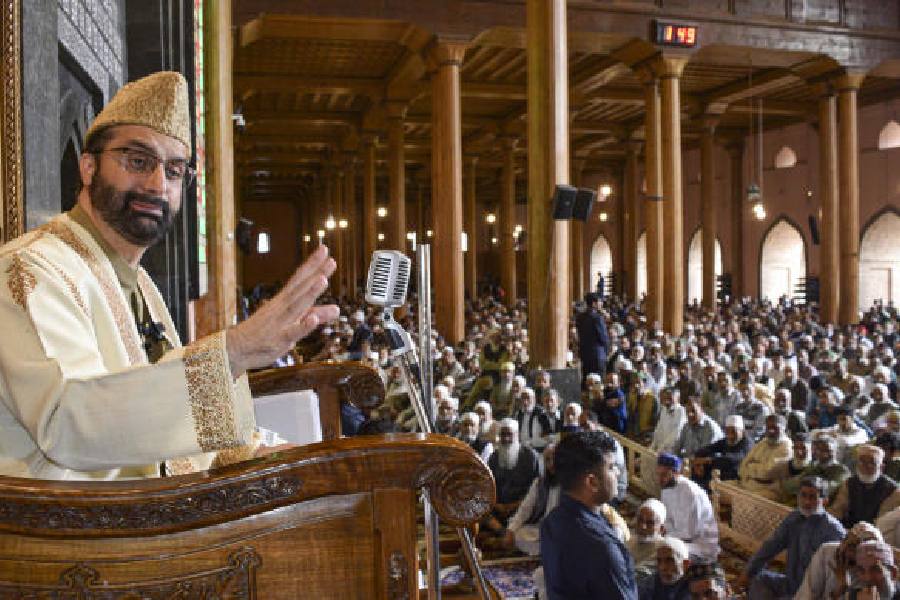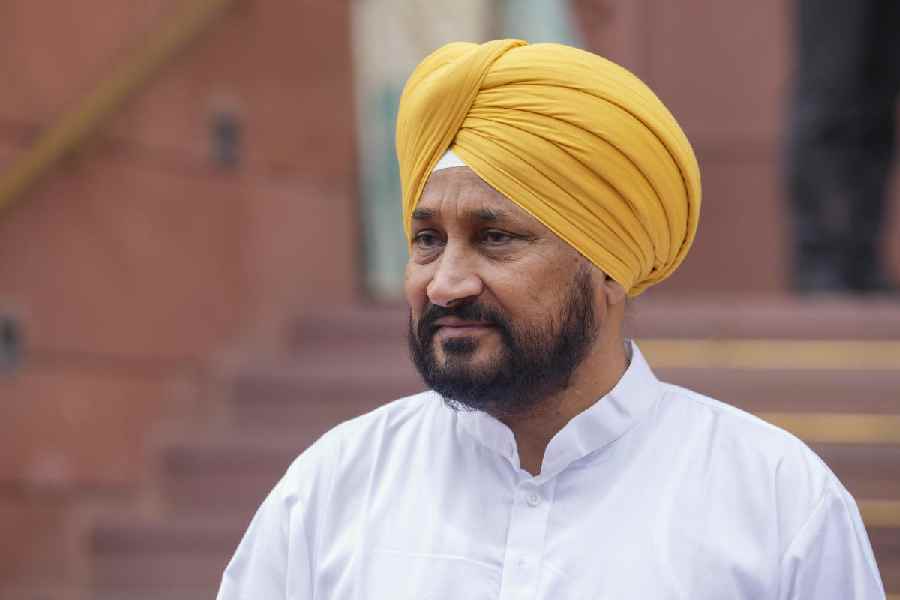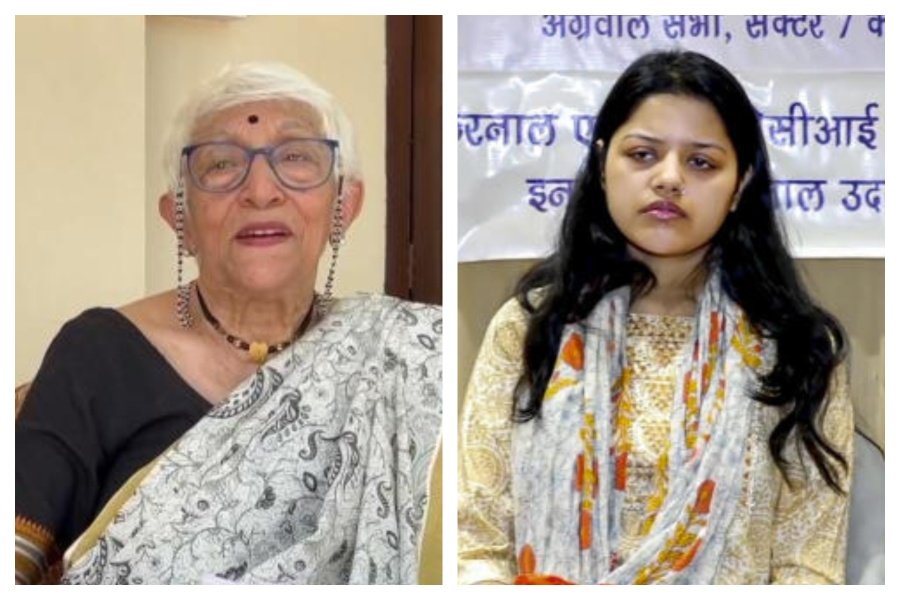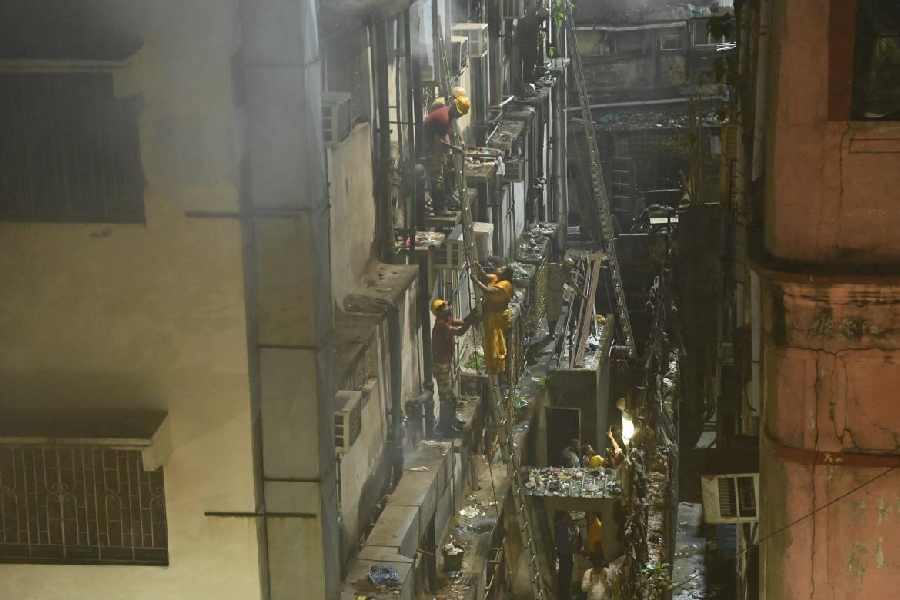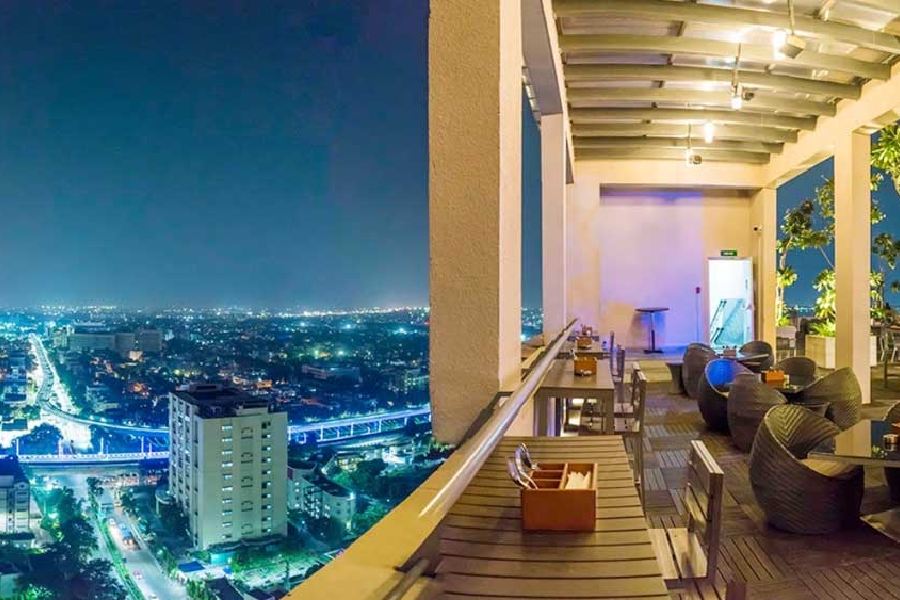 |
| S. Sundareshan Petroleum secretary |
New Delhi, Nov. 20: India does not want to let go of British Petroleum’s (BP) Vietnam gas asset without a fight.
While New Delhi is lobbying Hanoi to block the sale of BP’s assets to its affiliate TNK-BP, state-run Oil and Natural Gas Corporation, the majority stakeholder in the block, plans to use its pre-emptive right, or first right of refusal, to block the deal.
“We have urged PetroVietnam to use its pre-emptive rights, or first right of refusal, to block the deal. The state-owned oil firm has the right to refuse the deal. India is interested in the assets,” petroleum secretary S. Sundareshan said.
India is pushing the Southeast Asian nation to secure energy assets abroad to meet its domestic demand, which is expected to grow over 40 per cent in the next 10 years.
He said, “We are pushing PetroVietnam to agree to a valuation of BP’s proposed stake sale.”
National oil companies usually hold the right of first refusal in case an overseas partner decides to exit a block in their country.
Last month, BP had agreed to sell assets in Vietnam and Venezuela to TNK-BP for $1.8 billion as part of a larger programme to cover costs of the Gulf of Mexico oil spill.
Besides PetroVietnam, ONGC has the pre-emptive right and may use it if needed.
“We will take a decision purely on commercial considerations. Our teams are in talks. We may exercise our pre-emptive rights,” ONGC chairman and managing director R.S. Sharma said.
ONGC Videsh Ltd (OVL) has a 45 per cent stake in Block 6.1 in the Nam Con Son basin, off Vietnam’s southeast coast. BP has a 35 per cent participating interest in the block, with PetroVietnam — a Vietnamese government-owned company — holding 20 per cent.
Both OVL and PetroVietnam were interested in jointly buying BP’s stake in the Nam Con Son project, which consisted of two offshore gasfields, a pipeline and a power project.
Energy analyst Kalpana Jain of Deloitte India said, “The energy firm needs to aggressively look for assets abroad and join hands with global players to reduce the risk. With the economy growth at around double digits, the need for energy resources is likely to increase in future. To be successful, oil firms need to reduce their response time to clinch the deal.”
At present, the consortium of OVL, BP and PetroVietnam produces around 14 million standard cubic metres of gas a day, which supports about 30 per cent of Vietnam’s power generation capacity.
The British energy major was hit by the worst oil spill in history in the Gulf of Mexico and had to cough up billions of dollars to seal the wells and compensate for environmental damages.
Petroleum minister Murli Deora had visited Vietnam and communicated ONGC’s interest in acquiring BP’s stake. ONGC and OVL officials had also been to Hanoi to discuss the deal.
BP chairman Carl-Henric Svanberg and chief executive Robert Dudley were recently in New Delhi and the Centre had told them that it was keen to acquire BP’s 35 per cent stake in Block 6.1.
The exploration licence for the block was acquired by OVL in 1988. Following the foreign exchange crisis in the country, it had to engage BP as a partner.
The consortium has developed the Lan Tay field in the block. During 2008-09, OVL’s share of production from the project was around 1.848 billion cubic metres of gas and 0.046 million metric tonnes of condensate.


